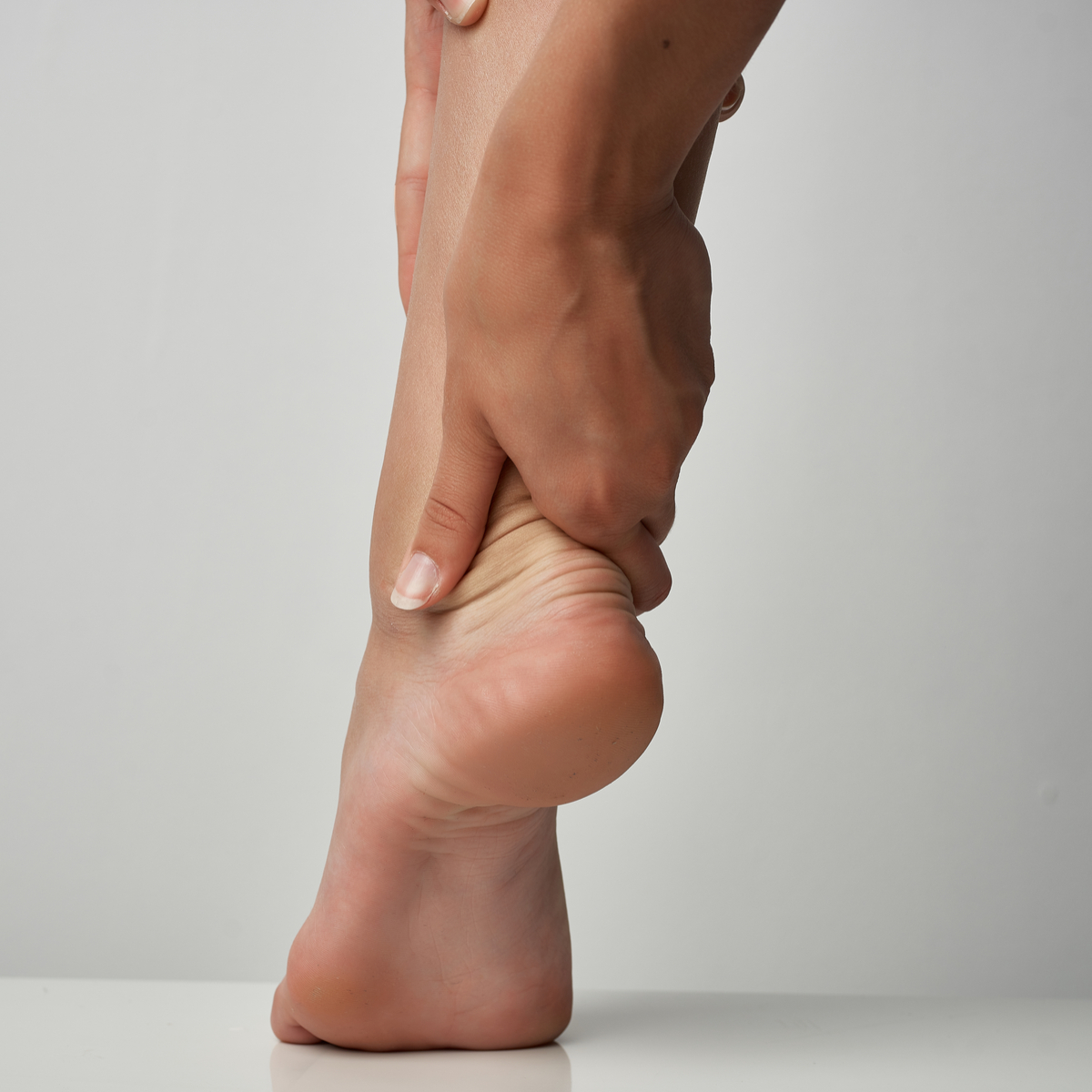
An Action Products blog devoted to mind and body self-care strategies for those on their feet all day.
Nursing is hard on the feet. Your feet take a pounding while you are standing or racing in and out of the O.R. or supply room. Fortunately, your feet are amazing walking and balancing mechanisms, doing all the heavy lifting by supporting your entire body.
Human feet contain an array of sturdy muscles, bones and tendons used in that support function. Unless you work for a foot surgeon, you’ve probably forgotten that:
Interesting Foot Facts!
- Each foot has 26 bones (almost a quarter of your body’s total).
- Those bones are held in place by 33 joints and 19 supporting muscles.
- It takes more than 100 ligaments to keep the entire foot supported.
- Approximately 7,000 nerve endings complete the design.
- When you walk, your feet bear the force of 1 1/2 times your body’s total weight.
- When you run, this force increases to 2 to 3 times your weight!
Obviously, your feet need to stay healthy. That’s why you invest in quality nursing shoes but that’s not enough. Feet need exercise, with plenty of stretching and quality barefoot time.
Really? Barefoot? Absolutely. Since shoes tend to restrict your feet, your “dogs” don’t get much freedom to move, flex and expand. Some shoes may as well be torture chambers for feet (more so when heels are high and toes are pointy.)
What to do? Go barefoot as much as possible. Studies show walking around barefoot, especially on uneven surfaces, is a great way to strengthen your feet, improve balance, and avoid foot pain. According to Patrick McKeon, a professor at Ithaca College’s School of Health Sciences and Human Performance in New York, “Walking barefoot helps to improve balance, posture and prevent common foot injuries. The more people go barefoot at home, in the office or outside, the healthier their feet will be.”
Here are some other ways to 'strengthen your soles’:
- Kick off your shoes as soon as you get in the door and walk around barefoot.
- Standing, raise your left big toe without lifting your other toes. Lower and repeat several times. Then do the same on your right side.
- Stand straight and shift your weight back into your heels without lifting your toes. Since most people carry their weight on the ball of their foot, this is a great way to strengthen heels and ankles.
- The more flexible your toes, the wider your base of support — and the better your balance. Keeping your toes on the ground, spread your toes as far apart as you can comfortably. Hold for several seconds and repeat.
- While seated and barefoot, take your legs as wide apart as possible and tuck your toes under so the top of your foot touches the ground. Your heel should be centered. Hold for a few seconds and repeat. Flex your toes between repetitions so your calves won’t cramp.
- Practice standing on one bare foot. Try to hold one leg up (a few inches is all you need) for a minimum of 20 seconds. Gradually build up to 30 seconds, then 45. Stand straight and pull in your core to help with balance.
Take care of the feet that sustain you every day. Your feet are two of the most valuable nursing support systems you own. Kick off those shoes, and let the healing begin!

